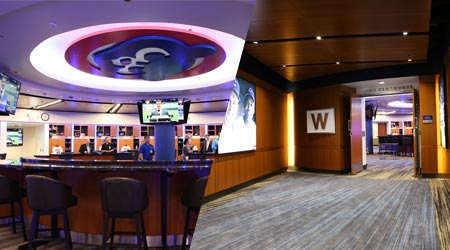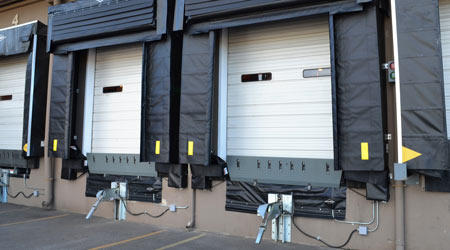
Wireless Network To-Do List For Facility Managers
May 26, 2016
When installing a wireless network, facility managers should consider:
Signal Coverage: The type of construction has a direct impact on wireless coverage and the reliability of the wireless link, and therefore needs to be accounted for. For example, metals (steel and lead) and concrete can block WiFi, or at least cause multipath interference where radio signals are unintentionally split into multiple paths. In building with those materials, be sure to plan ahead to ensure adequate coverage by accounting for the number of wireless access points, plus the locations and spacing between them. RF propagation map software can help with initial coverage prediction and device locations.
Interference: Whenever dealing with wireless technologies, interference will always be a concern, so prevention is an important detail. Interference is created from other RF (radio frequency) devices that operate within the same industrial, scientific, and medical (ISM) band. Various signal communication techniques exist to help mitigate this challenge.
Security: Security is a valid major concern for network administrators. An unsecured network is clearly an unreliable network. Establish encryption mechanisms and 24X7 intrusion detection and protection at both the edge and core of the network.
As stated earlier, there are intricacies in wireless design to account for in order to ensure reliability of the wireless link and security, and to prevent interference created from other RF (radio frequency) devices. Engaging IT consultants and involving the IT department early on is a key way to ensure reliable WiFi platforms and supporting applications.
Here is another example of pre-design considerations to be aware of. A major component of LEED design is the use of reflective glass and other materials to keep cold and heat out of the building to reduce the carbon footprint. This reflective glass acts as a shield to RF signals, preventing them from penetrating and causing a no-signal or poor-signal zone.
This quick read is from Gislene D. Weig, electrical engineer, RCDD, is a senior consultant at PlanNet Consulting. Read more from her about wireless technology.
Next
Read next on FacilitiesNet












